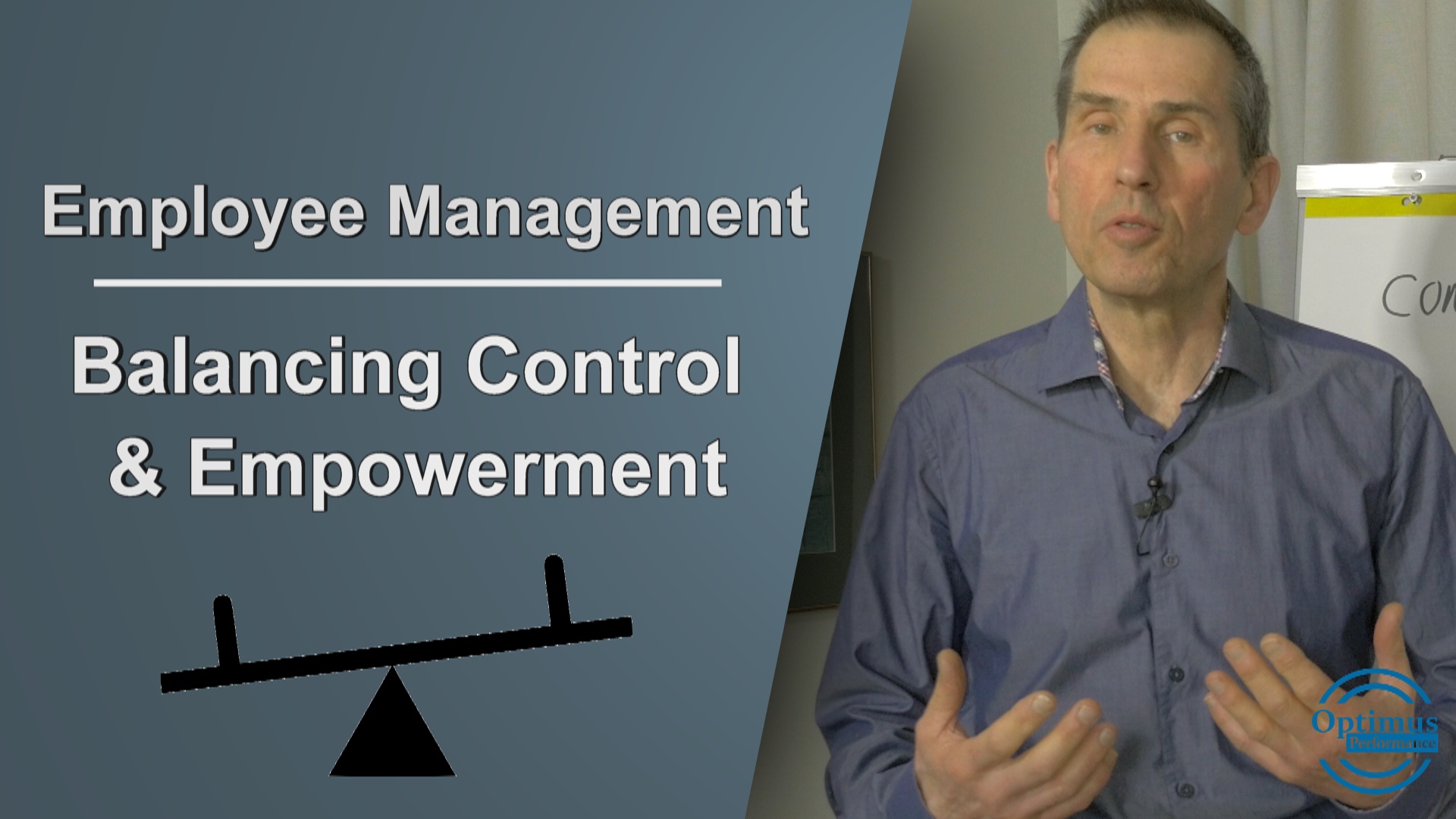A manager needs to balance their style of leadership to know when to control employees and when to empower and coach them.
Striking a balance between the two is key to being effective as a leader and manager. Sometimes you must control and other times you need to coach. If you control too often, employees can feel powerless and might start resisting or resenting you.
If you empower employees to quickly, they may take decisions that you don’t agree with and this can cause problems and stress on both ends.
Millennials who now make up the greatest percentage of workers want to be empowered and coached rather than controlled.
Managers tend to control more, and leaders tend to empower and coach more. Empowering employees frees time for leaders to work on growth and improvement initiatives. Are you more of a manager or a leader? Take our Leadership Style test to find out.
Balance of Power

The park seesaw is a good example of how you can give up power to an employee. Two persons of equal weight will have a good balance to go up and down quickly and smoothly on the seesaw. If one person weighs more, they can move forward, and the other person gains more power and control. By simply moving back they take back control.
Managers hold more weight than employees in terms of authority. But they can give more power to employees and take it back when needed as in the example of the seesaw.
As managers let go control and empower employees, they are becoming leaders rather than managers. But along with leadership come the responsibility of coaching employees, as leaders are still responsible for the performance of their employees.
If a manager or leader gives up power and delegates authority to employees, they must develop a coaching style of leadership. Otherwise they are just neglecting the employee rather than guiding them through feedback and coaching.
Process
Going from manager to leader or from control to empowerment is a process. It may be different with each employee as each one may have different skill sets and maturity in their job. It’s important to know this about your employees and draft an individual plan to develop each one so you can become more of a leader than a manager and reap the benefits of having empowered employees. You can us our Employee Engagement and Retention Planning Worksheet to aid you in drafting an individual employee empowerment plan.
Up-front Performance Expectations
Another thing you can do to move from control to empowerment is to set up-front performance expectations. This is also called the win-win agreement approach to establishing employee performance expectations. This process has the employee draft their own performance commitments based on a discussion you have with them. You then negotiate a final agreement along with support commitments that the employee also requests in order to meet their commitments. You can download a sample form and worksheet template from my website or on Eloquens.
